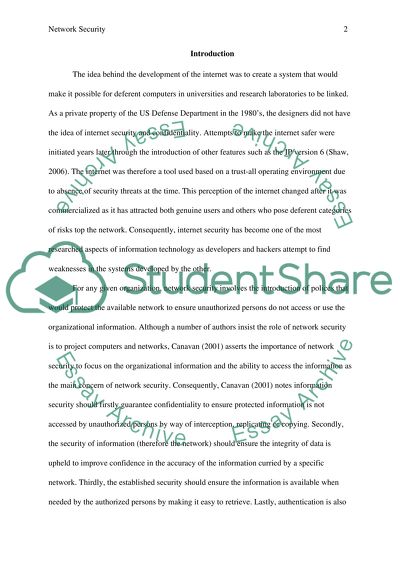Cite this document
(“Network Security Research Paper Example | Topics and Well Written Essays - 2500 words - 3”, n.d.)
Retrieved from https://studentshare.org/information-technology/1652626-network-security
Retrieved from https://studentshare.org/information-technology/1652626-network-security
(Network Security Research Paper Example | Topics and Well Written Essays - 2500 Words - 3)
https://studentshare.org/information-technology/1652626-network-security.
https://studentshare.org/information-technology/1652626-network-security.
“Network Security Research Paper Example | Topics and Well Written Essays - 2500 Words - 3”, n.d. https://studentshare.org/information-technology/1652626-network-security.


